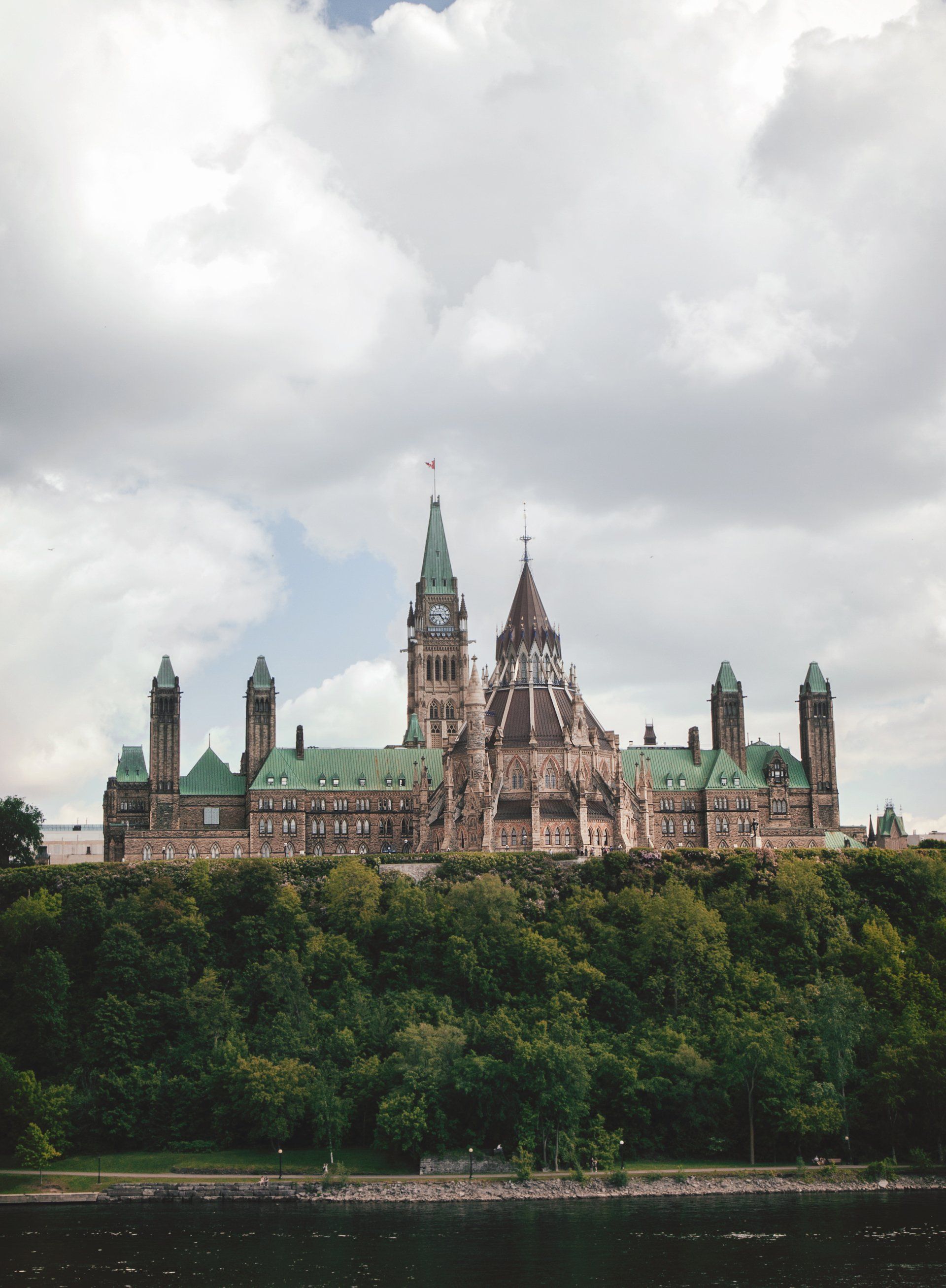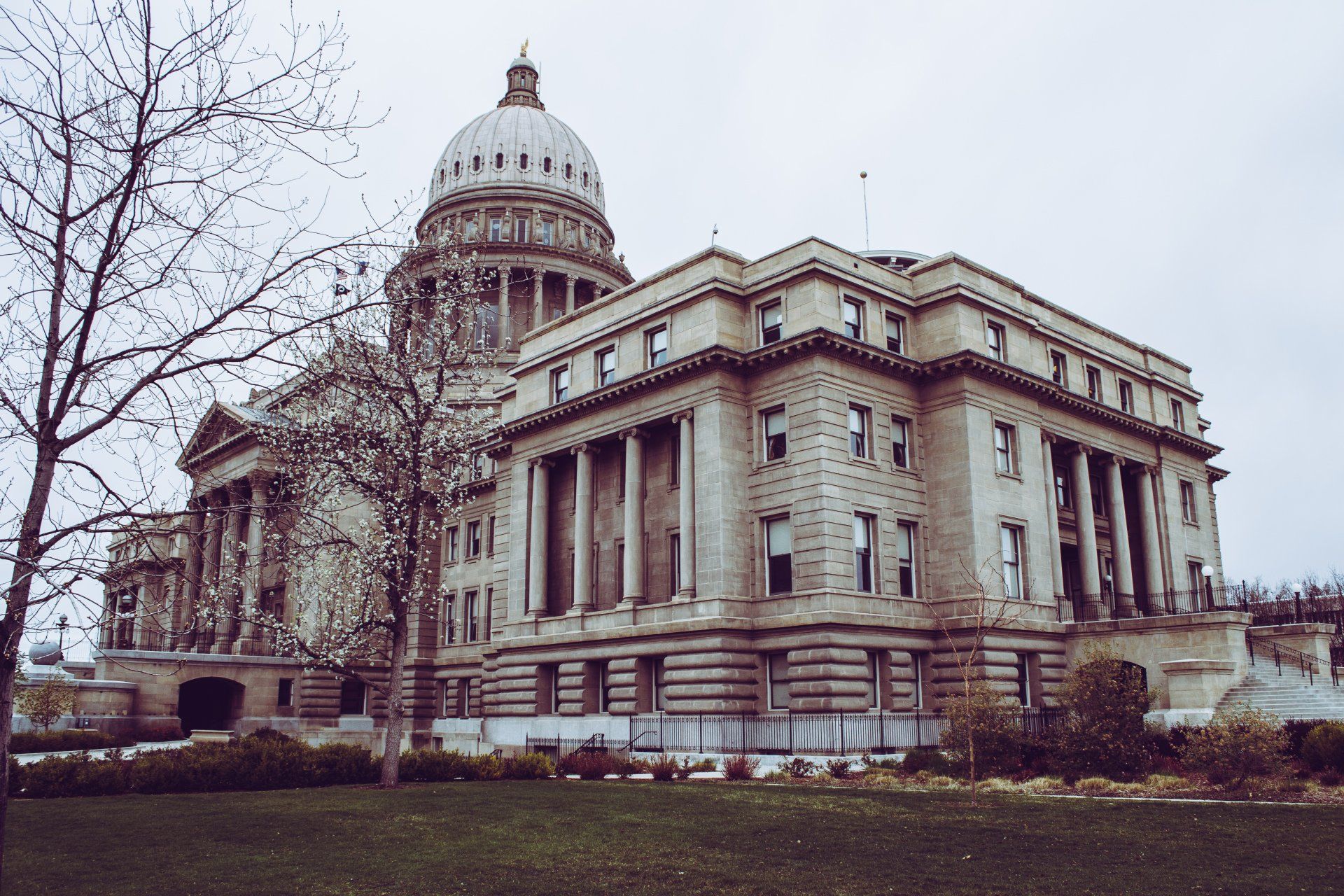Road Safety - Driving Deaths
Original Claim
Displaying Death Tolls on Highways Isn’t Making Anyone Drive Any Safer
Context
Road signs on Texas highways displayed the shocking number of deaths that have occurred on their roads that year –
2687 driver deaths. Since the
leading cause of death for those aged 5 to 45 in the US and worldwide is traffic crashes, policymakers are interested in understanding ways to decrease these deaths. With over 200 governments and institutions around the world implementing similar “behavioural interventions” for a variety of issues, such as hand washing, some policymakers are hoping to encourage drivers to be more careful on roadways in a similar way. However, one
study found that motorway signs that use these tactics in
28 US states may
increase the likelihood of crashes and deaths – not prevent deaths and encourage safer driving behaviours as they once thought.
Analysis
In
August 2012, the Texas Department of Transportation displayed a fatality highway dynamic message sign (DMS) message for one week per month to measure the impact of the marketing tactic. The thought behind this sign was to show drivers how many
driving deaths have occurred to encourage them to change their driving behaviours to be safer. However, when
comparing data from periods previous to the message implementation, the weeks where the campaign aired saw an
increase in crashes by 1.52 percent within 5 km of the sign, and an increase of 1.35 percent over 10 km from the sign. Overall, the study measured a
4.5 percent increase in crashes spanning 10 km from the DMS. Researchers compared these results to the effects of
increasing the speed limit by 3 to 5 miles per hour.
The effects of the increase in crashes due to the DMS have high social costs, at
2,600 more car crashes each year – which could result in
16 more fatalities in Texas alone. This has an estimated economic cost of
$377 million per year.
Across the US, implementing DMSs could cause 17,000 additional crashes and 104 fatalities each year, with a total cost of $2.5 billion per year.
The research also concluded that “distractions create extraneous cognitive load” that interrupts a person’s ability to process new information. DMSs that display such statistics may increase an individual’s
anxiety or fear of death that may cause them to overthink - which
reduces their ability to respond to changes in traffic safely and quickly. This effect only
increases throughout the year as the number of deaths continues to climb.
Overall, behavioral campaigns can be effective in changing habits – but not when it comes to driving. The DMSs are
too distracting, don’t have impacts that persist after they are displayed, and were only found to increase the number of crashes. Other methods of intervention are suggested, such as focusing more on
road design and the environment in which crashes occur. If the same area receives more crashes per year, the design of that segment could be to blame instead of
human error.
Sources


